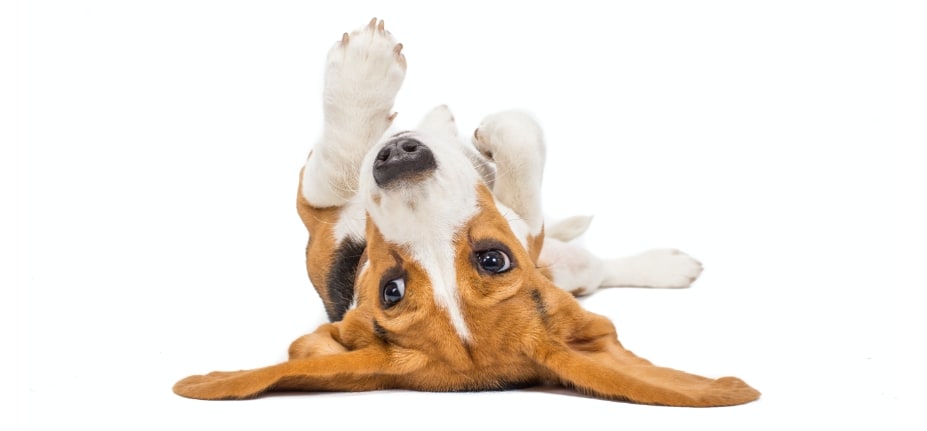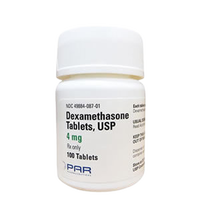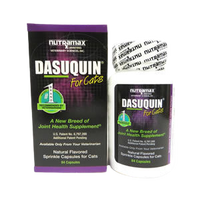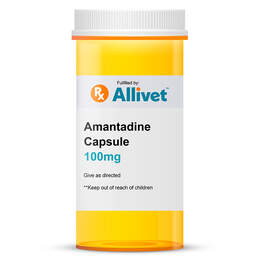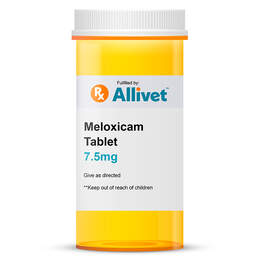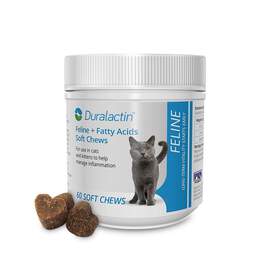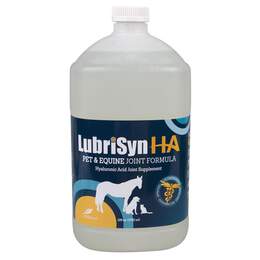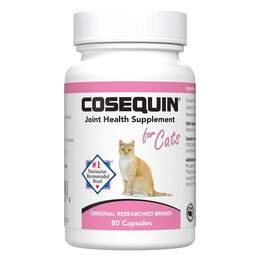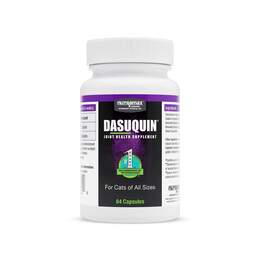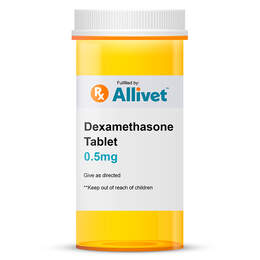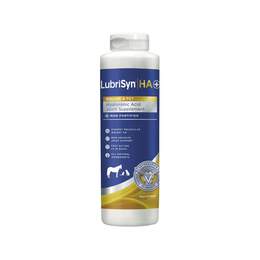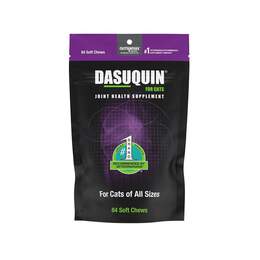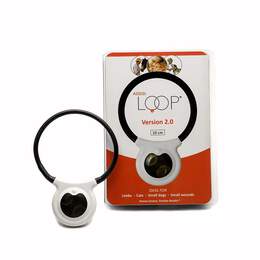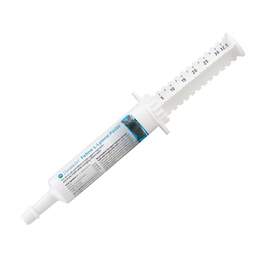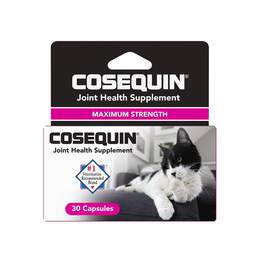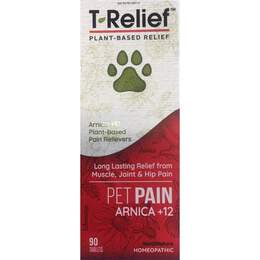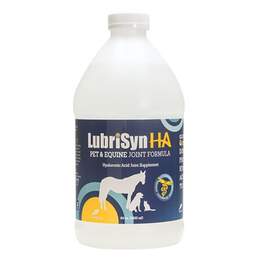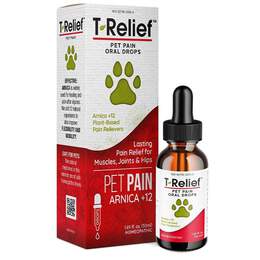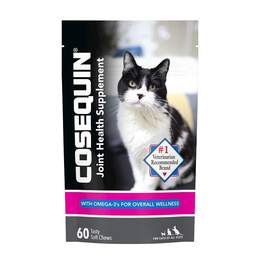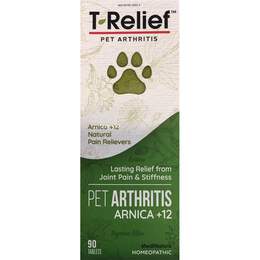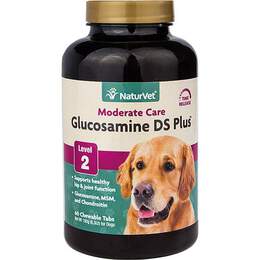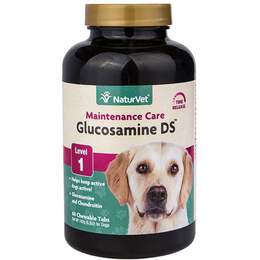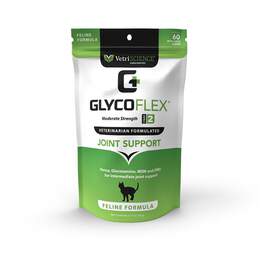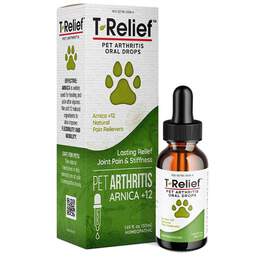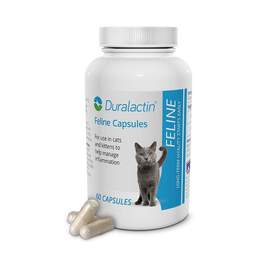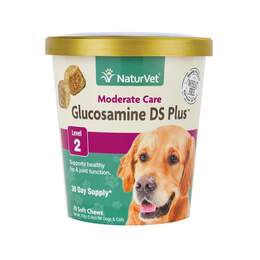Cat Joint Care
Running, jumping, playing, even stretching are all movements vital to your cat’s everyday life. And while not all cats are the same – some are more naturally active than others – changes in their activity and mobility can mean they are suffering from joint pain. If your cat is overweight or aging, they may be having joint pain that limits their movement and affects their quality of life. Luckily, there are many types of joint care for cats that can help. The right joint care for pets can help relieve their pain and improve their quality of life.
Signs of Joint Problems in Cats
You know your cat the best, and this can help you in determining when they are feeling pain. Pay close attention to your cat’s behavior since the signs of pain or discomfort from weakening joints are very subtle. Even if you think your cat’s lower activity level is a normal sign of aging, it is a good idea to have it checked out. Keep an eye out for these signs when accessing your cat’s general joint health.
- Reduced mobility – your cat seems less willing to jump up to the higher levels of their cat tree, hesitates when jumping down, or has trouble with stairs.
- Reduced activity – your cat spends more time sleeping, sleeps in easier-to-reach places, shows less interest in going outside, and grooms themselves less.
- Resting position – instead of curling up into a ball, your cat lies slightly upright, with their head and chest up and their feet either tucked up under them or out behind them.
- Changes in behavior – if your cat seems less willing to interact with others and more irritable than usual, doesn’t like being handled, and shows increased aggression or fear response, they may be in pain.
- Litter box habits – your cat may urinate outside their litter box, this often happens when they are suffering from joint pain and the box is harder for them to get into.
If you notice any of these behaviors, and especially if you notice a few of them, in your cat, see your veterinarian as soon as possible. These signs indicate declining joint health and mean your cat is probably in pain. Your vet will develop a cat joint care program to help them feel and move better.
Common Joint Problems in Cats
The leading causes of changes in cat mobility are joint health issues and obesity. These two issues are interconnected since obesity can speed up or worsen joint aging that normally occurs. Although monitoring your cat’s weight to avoid excess wear and tear on their body can help, cats of all sizes can experience joint problems, even as early as six months of age.
However, the most common cause of joint problems in cats is degenerative joint disease (DJD), otherwise known as osteoarthritis. This condition occurs when the cartilage in a cat’s joints weakens and deteriorates. Without cartilage to cushion them, the joint bones rub together, which then causes inflammation and pain. This makes moving painful.
The conditions below can contribute to DJD and, ultimately, a reduction in mobility and activity:
- Age-related wear and tear
- Obesity
- Genetics
- Hip dysplasia
- Intervertebral disc disease
- Cruciate ligament disease
- Infections
- Cancer
- Autoimmune diseases
- Diabetes
- Injury or trauma (including declawing)
How to Relieve Joint Problems in Cats
Veterinary treatment is critical for cats with joint pain and mobility issues. Your veterinarian will conduct a thorough examination and assessment of your cat. They may perform blood tests and x-rays to get a clear picture of the issue. Based on what they find, they will develop a comprehensive treatment plan for your cat.
There’s a lot you can do to keep your cat mobile, maintain their joint health, and prevent joint pain in the future. Since carrying too much weight causes excess wear and tear on joints, one of the most critical things you can do is keep your cat at a healthy weight. This not only helps avoid joint issues but also helps manage joint pain.
However, once a cat has developed DJD or is suffering from joint pain, management is key since no treatment cures it completely. It is a complex disease, so managing it often involves several different modalities. Typical management ways to manage DJD include:
Regular Exercise for Joint Health in Cats
Regular exercise and activity can help improve a cat’s mobility and joint health. Sturdier bones and well-used joints lead to better flexibility and protection from injury. Keep your cat active and engaged in their environment by:
- Engaging in multiple play sessions during the day.
- Offer your cat a more challenging environment by adding cat shelves and cat trees.
- Feed several mall meals instead of two large meals to improve environmental stimulation and mobility. Use puzzle feeders or hide treats for them to find to promote more physical activity and enrichment.
Pain management for joint pain in cats
Pain management is vital for improving the quality of life for cats with joint pain. Your veterinarian may prescribe non-steroidal anti-inflammatory drugs (NSAIDs) as the first line of defense against joint pain. Depending on the details of your cat’s condition, your veterinarian may prescribe a corticosteroid anti-inflammatory instead of an NSAID. The two types of drugs cannot be used together. Amitriptyline, an antidepressant, is also commonly prescribed for pain.
Nutrition for joint pain in cats
Your veterinarian may prescribe or suggest a nutritional supplement or special diet to help your cat get nutrients known to improve joint health. This could include therapeutic food formulated for joint health and nutritional supplements that can help prevent further joint degeneration. Cat joint supplements can help maintain healthy joint tissue. Feline joint supplements come in powder form and are easily added to a cat’s diet.
Environmental changes for joint pain in cats
There are a few easy steps you can take to help improve your cat’s comfort and mobility, such as:
- Provide soft, padded bedding
- Raise their food and water dishes to elbow height
- Add non-skid floor surfaces
- Provide a ramp or stool to help them reach higher surfaces
- Adhere to feeding and medication recommendations
Managed appropriately, cats with DJD can, and most often do, have a normal life expectancy that is relatively pain-free. Ensuring they maintain a healthy weight throughout their lives is the first step in promoting good cat joint care. If needed, your veterinarian will provide guidance about lifestyle adjustments to help keep your cat active and manage their weight. Feline osteoarthritis and DJD may require cat joint medications to lessen the amount of pain and discomfort.

